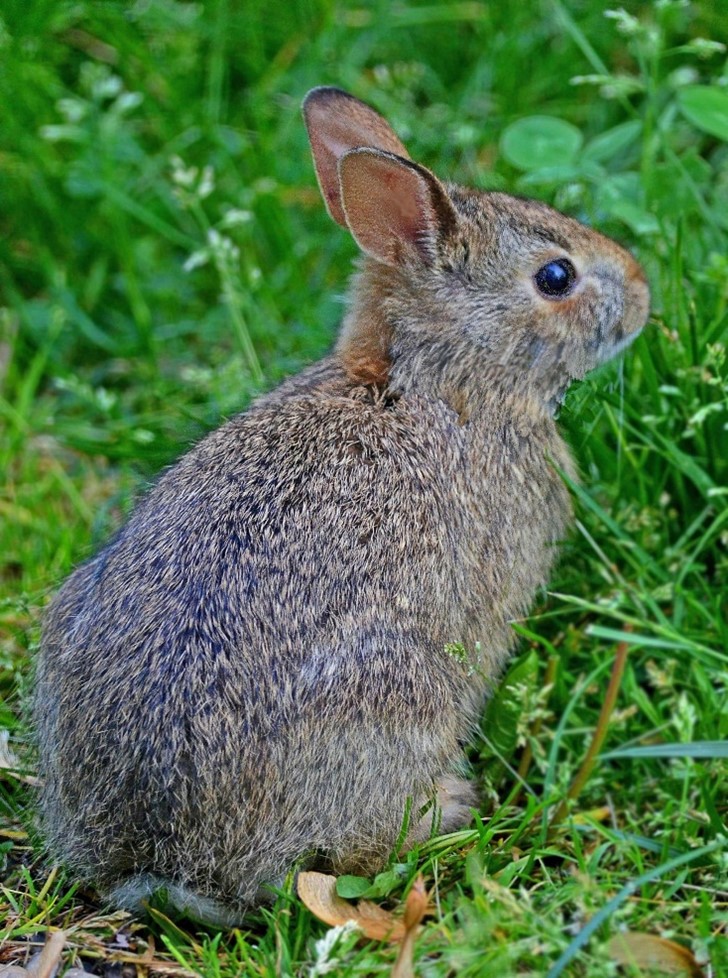Rural Perspectives: The Eastern Cottontail (Sylvilagus floridanus)

Photo by Diane Gray Constable
As March leaves us, thoughts of warmer weather abound and new generations of wildlife leap forward into the Spring. Our Eastern Cottontail is one of these.
If you have watched their courting antics in the waning days of March, you understand what it means to be as ‘mad as a March Hare’. They chase and leapfrog over and run under each other, and occasionally the female jabs the male in the head.
The first of the three to four litters that they have each season are born in April. About five babies, or kits, live in a shallow, camouflaged ground nest or burrow. The doe is rarely more than a hop, skip and a jump away. She visits just a few times a day to feed and check on them.
By four weeks they bound away and are on their own and will live for about two years.
Rabbits like to live in fields and forest edges, and they eat a wide variety of plants, bark, and seeds; some that are considered weeds, and some that are not.
In turn they are favored by many predators but have skills to get away. They can run up to 18 miles an hour, leap up to five feet or better in the air, and can turn on a dime. Their sight is excellent and their ears are like antennas picking up and locating every sound. Their noses are always twitching to catch scent of any danger.
Fun Fact: Rabbits make a purring sound when they are happy by rubbing their teeth together.

Photographer/writer Diane Constable.


